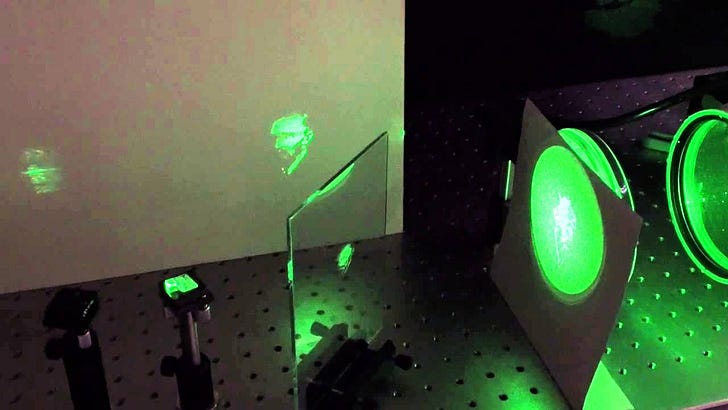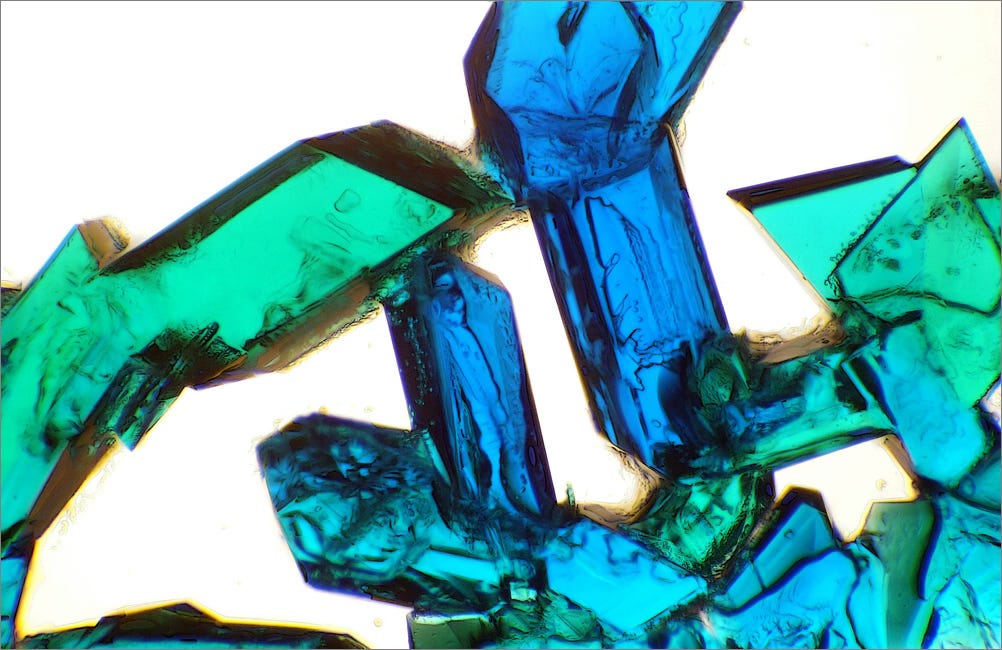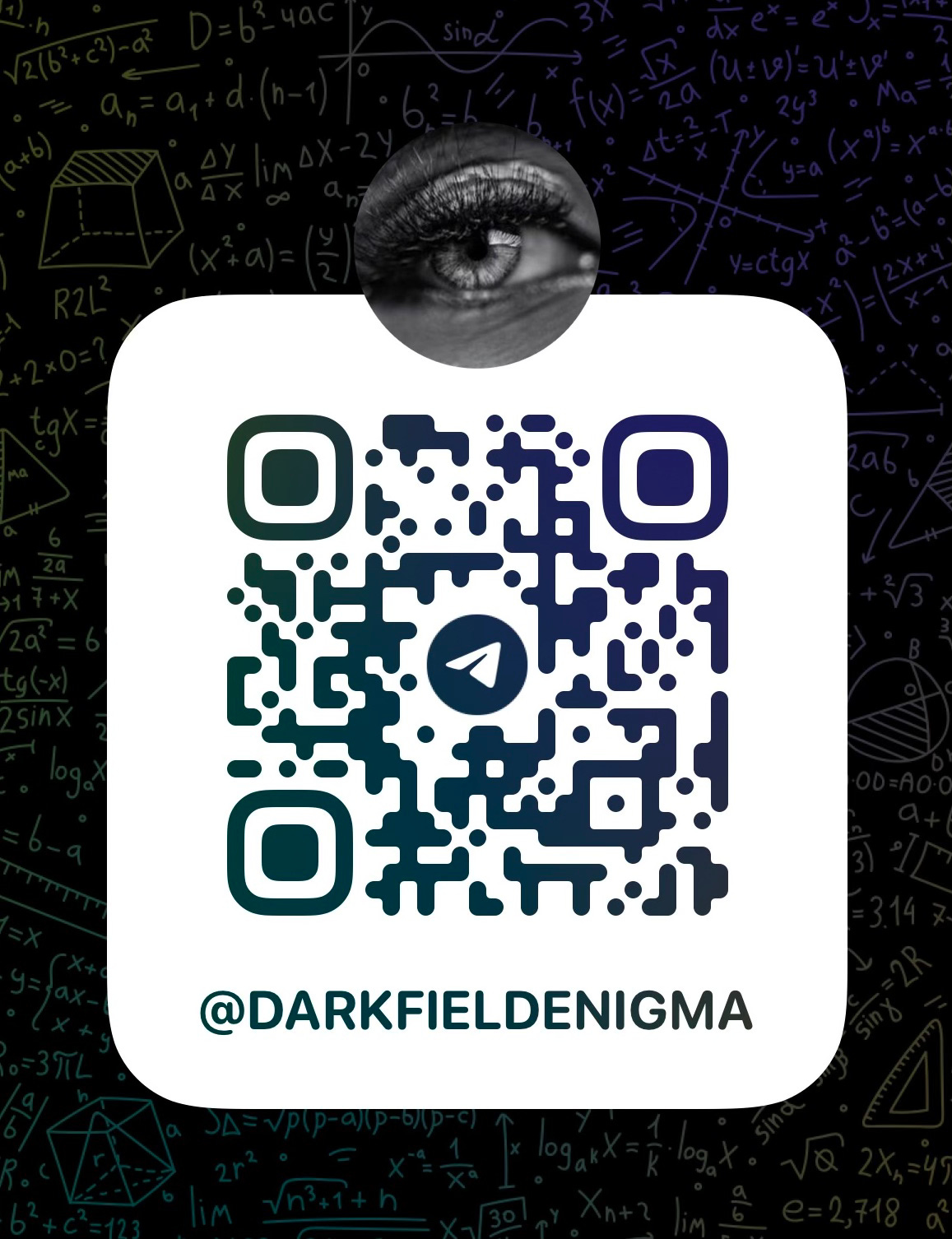From liquid crystals and DNA - to nanotechnology
Technique for influencing DNA works without mRNA or DNA
A liquid crystal is a substance that is liquid but also has direction-dependent (anisotropic) physical properties like a crystal.
Anisotropy ("rotation, direction") is the directional dependence of a property of a substance or a process. Anisotropy is the opposite of isotropy. The term is used in this sense in physics (e.g. radiation, magnetism, propagation speed of earthquake waves), materials science, crystallography and mathematics to refer to different properties of the systems under consideration.
Among other things, liquid crystals move particles of all kinds.
If tiny particles are placed in water and an electric field is applied, charged or asymmetrical particles move in the direction of the field. The use of a liquid crystal as a carrier liquid now expands the repertoire of transportable particles.
Most liquid crystals are optically birefringent. Birefringence is the ability to separate a beam of light into two partial beams polarized perpendicular to each other. This property later becomes important in the development of new shapes.
A video with last week's recordings to test the formation of crystals using various dyes:
Dyes change the angular orientation of light and thus influence crystal formation and the transmission of information
The increasing importance of optical qualities of chemical compounds in blood
With so many phenomena and new processes in the blood, it is sometimes difficult to maintain an overview. What is important and where do you start to get caught up in the details? Here is an attempt to reduce the complex relationships to a simple denominator.
Optical isotope materials (e.g. in the cubic crystal system) can also become birefringent due to external influences. Such influences are, for example
electric fields (electric birefringence, electro-optical Kerr effect)
magnetic fields (magnetic birefringence, Cotton-Mouton effect, generally see magneto-optics)
Closely related or connected to birefringence is dichroism = bicolourism, in which colors are absorbed depending on polarization.
They then show characteristic textures under a polarizing microscope. Liquid crystals are classified as "soft matter", which means that they can only be assigned to a liquid or solid state to a limited extent.
In addition to the low-molecular liquid crystals known since the end of the 19th century, liquid crystalline polymers and elastomers were discovered in the second half of the 20th century.
Liquid crystalline polymers also occur in nature.
For example, DNA, just like polyamino acids such as spider silk, forms lyotropic phases in low concentrations in water. In addition, some polysaccharides can also be described as LCPs.
Cocoon in the blood count
And another day with surprises that you didn't expect. On the one hand, these cells are now appearing more and more frequently and look as if a fungus has been crushed under the microscope slide. Like this one: Thanks for reading SAM’s Substack! Subscribe for free to receive new posts and support my work.
Liquid crystals usually refer to thermotropic liquid crystals. These occur when certain substances are heated during melting as an intermediate phase (mesophase) between the solid and liquid phases. A substance can form several different liquid crystalline phases in succession as the temperature increases.
There are also lyotropic liquid crystals. These form when amphiphilic substances (such as surfactants) are dissolved in a solvent (e.g. water). A suitable concentration of amphiphile leads to the formation of submicroscopic structures such as vesicles and micelles, which arrange themselves symmetrically in the solvent and thus form an anisotropic liquid.
Detailed doctoral thesis on crystallization and artificial DNA:
Both DNA and lyotropic liquid crystals (ordered liquids) play an extremely important role in living nature. Here, the interaction between DNA layers or particles and the liquid crystalline order was studied in various model systems. A new alignment technique was developed to produce uniformly aligned DNA films. Substrates with these well-aligned layers can in turn be used to uniformly align a thermotropic liquid crystal. Furthermore, rod- and disk-shaped nanoparticles were produced by base sequence-controlled self-organized folding of DNA (DNA origami) and dispersed in a lyotropic chromonic liquid crystal [an aqueous solution of sodium cromoglicate (DSCG)].
Beginnings of DNA nanotechnology
DNA nanotechnology mainly utilizes the properties of DNA's nanometer-scale size, rigid structure and encodability to construct various nanostructures used in biomedicine, chemistry, optics, electronics for materials and other fields. The development of DNA nanotechnology has refreshed the understanding of DNA as a biological macromolecule. It can be used not only as a carrier of genetic
information for life, but also as a construction tool for nanostructures.
Since 1982, DNA nanotechnology has evolved for almost 40 years
DNA Origami Technique
In 2006, P. W. K. Rothemund developed a new DNA self-assembly technology called the DNA origami technique. He chose the DNA M13mp18 of bacteriophages as a long chain and then used more than two hundred short single-stranded DNA molecules to fold the long chain into a desired two-dimensional pattern by the principle of base pairing.
long chain into a desired two-dimensional pattern through the principle of base pairing. Based on this method, Rothemund has obtained a variety of symmetrical flat patterns such as rectangles, triangles, five-pointed stars and even smiling faces - as seen here:
What's in the snow? Update February 26, 2024
Pictures and videos - just to look at and think about... The snow comes from a rather remote area - only one car passed by the entire day... There they are again - our razor blade crystals - here again in combination with hydrogel, as already observed in the last posts. It can no longer be said to be a rare occurrence - they now appear regularly.
This origami technique also led to the possibility of a multitude of shapes that can be realized in the body:
(a-c) Left: caDNAno construction drawing of a multilayered
DNA origami structure; center: CanDo prediction of three-dimensional structure and
structure and structural flexibility; Right: TEM image, scale:
20 nm; (d) Three-dimensional CanDo structure and prediction of the flexibility of the
flexibility of the tetramer of 60 helical bundles.
Structure formation
The pictures below show a structure from the blood and the "theory" of building structures created by artificial DNA.:
Structure formation of lyotropic liquid crystals with different micelle geometry. (a) spherical micelle, (b) cylindrical micelle, (c)
Dyes can be used to change the angular arrangement and thus also the shape of structures.
The increased occurrence of colors in the hydrogel structures and other components in the blood could be related to this, i.e. the orientation of the liquid crystals can be influenced.
Summary:
We have once again arrived at an artificial grid structure that is needed and built up by technology in our blood. It overlays the biological, optical grid and removes the light and therefore the energy from it.
Which brings me back to my remote viewing:
The LaserCube...
Finally, a few short videos of crystals. All taken at 400x magnification.
I have set up a Telegram channel - where I post new images from darkfield microscopy. If you would like to browse through new pictures in between, you are welcome to register.
SAM’s Substack is a reader-supported publication. To receive new posts and support my work, consider becoming a free or paid subscriber.
You are welcome to book a subscription for the Remote Viewings directly at:
For your help and support here on Substack you will also get access to my Future Targets, Extra Targets and the first blueprint for the LaserCube on my website.
Bitcoin QR-Code















